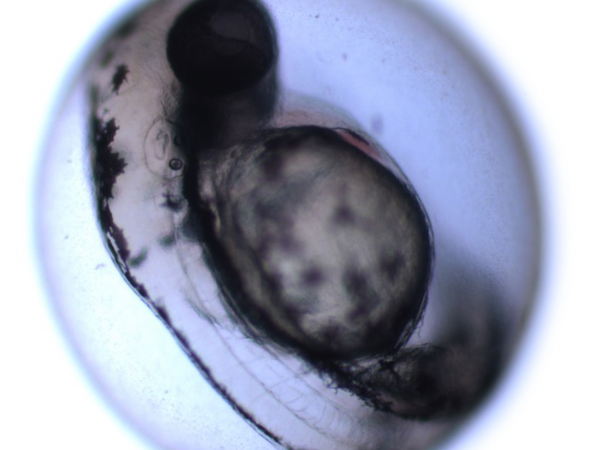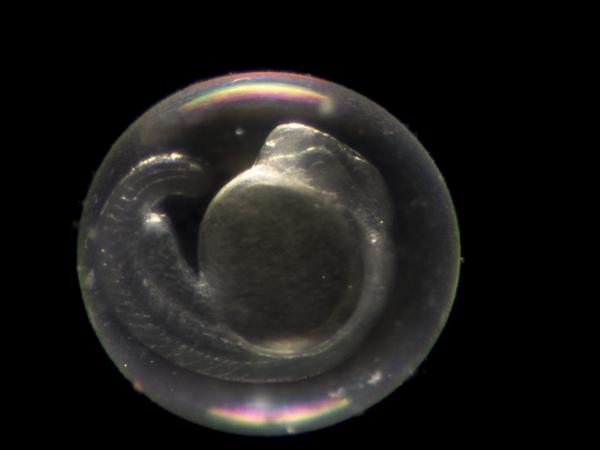Multicellular beings are usually very symmetrical. This also has to do with the fact that no special control processes are required for this. Conversely, this means that such regulation is necessary for asymmetrical parts, such as the heart on the left and the liver on the right in humans. In addition, the sometimes asymmetrical shape of the organs themselves must be regulated. How this works in the early embryo, where this spatial differentiation can already be observed, was previously unclear.
Signals for the left-right organizer
Obviously, tiny cilia on cells are of central importance. During development, these sense the direction of fluid flow outside the cells. They translate this information into signals and thus break the left-right symmetry at the “right” points.

This is what research teams report Takanobu Katoh (Tohoku University, Japan) and Lydia Djenoune (Harvard Medical School, USA) in two independently conducted studies now in the magazine “Science”.
They studied the mechanism in mouse and zebrafish embryos.
It was previously known to developmental biologists that asymmetric differences during early embryogenesis are influenced by a group of cells called “left-right organizers” (LRO). These have actively moving cilia, which, rowing as it were, produce a directed fluid flow in a certain phase of development.
Signal hairs, signal receiver hairs
The new studies now solve the mystery of how this leftward flow of liquid is perceived and converted into a signal. The inherently immobile hairs in the LRO therefore serve as mechanical cell sensory organs.

They are deflected by the flow of liquid and react to this directional signal by releasing calcium within the cells. This in turn causes developmental steps to begin that break the left-right symmetry.
Dejenoune’s team found, for example, that in zebrafish the formation of the left-right asymmetry of the heart is controlled in this way. In the experiment, for example, the researchers stopped the flow of liquid, which prevented the heart from forming and positioning in the typical asymmetric manner. According to a report in the magazine “Science”, the researchers see the almost identical results in a fish and a mammal as strong evidence that this mechanism developed early in evolution and plays a crucial role in development.
To home page

